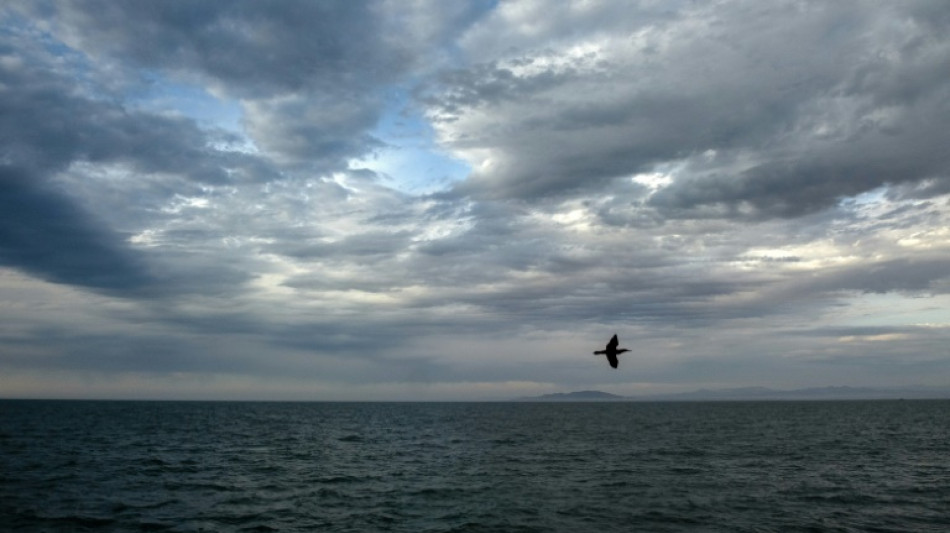

Mexico says mass bird die-off 'most probably' due to Pacific warming
Massive die-offs of birds on the coast of Mexico, following similar phenomena in Peru and Chile, are "most probably" due to a warming of the waters of the Pacific Ocean, authorities said Friday.
Mexico's agriculture and environment ministries "excluded the presence" of the AH5N1 virus responsible for bird flu and determined that the birds had starved to death.
"The most probable cause of this epidemiological event is the warming of the waters of the Pacific Ocean, due to the effects of the El Nino climate phenomenon," they said in a joint statement.
According to the ministries, the warming of the surface of the Pacific is causing fish to dive deeper, preventing birds from hunting them.
The El Nino weather phenomenon, generally associated with a rise in global temperatures, occurs on average every two to seven years and its effects are already being felt, the US National Oceanic and Atmospheric Administration (NOAA) announced last week.
In Mexico, the die-offs have mainly been among Buller's Shearwater, a vulnerable species, which live offshore and breed on islands, as well as among seagulls and pelicans.
These wild birds usually die offshore and are washed ashore by ocean currents, according to the same statement, which said research is ongoing.
S.Rovigatti--IM



